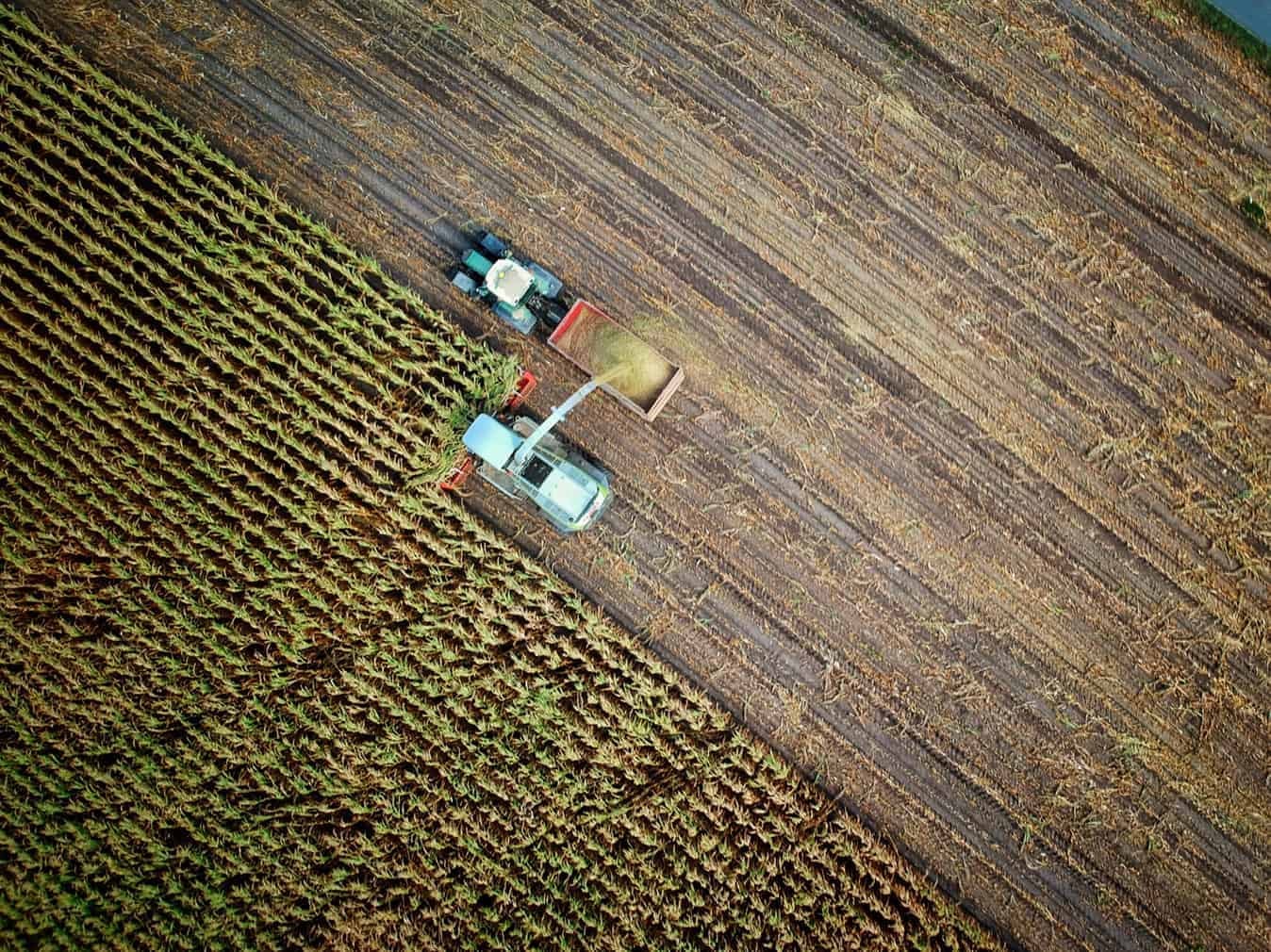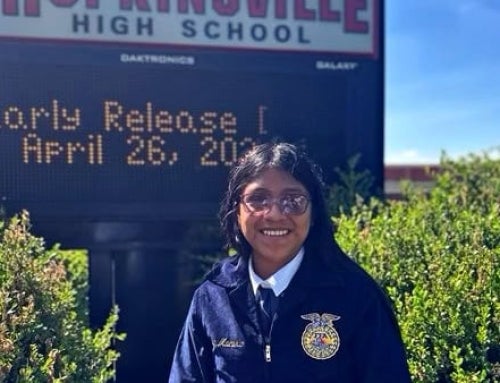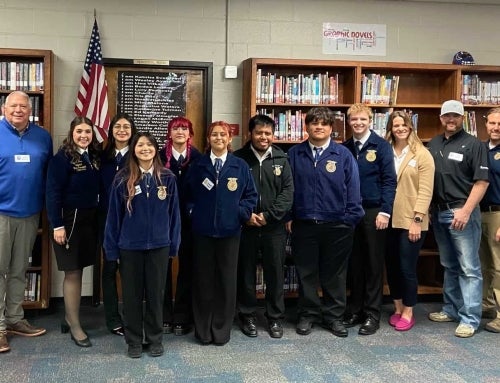On Sept. 5, 1882, labor unions built floats and 10,000 workers joined in a parade from city hall to Union Square in New York City as part of the first Labor Day celebration.
Peter J. McGuire, member of the Brotherhood of Carpenters and Joiners and a co-founder of the American Federation of Labor, is often credited with suggesting the holiday to honor American workers.
By 1884, 23 more states had adopted the holiday. President Grover Cleveland signed a law designating a national Labor Day holiday in 1894. The annual holiday falls on the first Monday of September.
The original proposal for the Labor Day holiday highlighted expectations for celebrations, which were meant to include a street parade to show the public “the strength and esprit de corps (spirit of enthusiasm and devotion) of the trade and labor organizations” and a festival for workers and their families to enjoy.
Labor Day focused on union workers and tradespeople, ignoring the contributions farmers made to the national economy. Direct farm employment today is responsible for 2.6 million jobs — with an additional 22 million full- and part-time jobs created through the agriculture and food sectors.
Although Labor Day wasn’t celebrated by farmers in the late 19th century, farmers were celebrating the mechanization of agriculture thanks to the union workers and tradespeople.
The industrial revolution paved the way for mechanized agriculture. Farmers benefited from greater efficiencies thanks to tools such as seed drills, reapers, threshers and cotton gins.
The high-tech tools of the era meant that fewer agricultural workers were needed in the fields and created opportunities for farmers to pursue careers in power, structure and technical systems — skills that are still in demand.
Careers in this field use skills in engineering, electronics, hydraulics, pneumatics and power to solve agricultural challenges such as soil, water and natural resources conservation while improving production efficiencies.
FFA members interested in careers in power, structure and technical systems may use their supervised agricultural experience (SAE) to operate a lawn mower service and repair business, offer a GPS-guided custom spraying service, rebuild engine parts for agricultural equipment or research the water savings from new irrigation technologies.
The Agricultural Technology and Mechanical Systems Career Development Event also provides students the technical knowledge and skills to solve complex agricultural problems. In addition to mastering the subject matter, FFA members develop communication and problem-solving skills through a career development event (CDE) — skills that are celebrated during annual Labor Day observances.
ADDITIONAL POWER, STRUCTURE AND TECHNICAL RESOURCES
Darling Ingredients and CSX sat down with #speakag Ambassador Andrew Moore and Southern Region Vice President Yomar Roman to discuss how their companies impact agriculture.
FFA Blue 365 and Tech
“Leveraging Technology to Help Feed the World”
Using Cutting-edge Technology on the Farm
College and Career Teacher Resources
Power, Structure and Technology Lessons
Ford Motor Company Virtual Field Trip
John Deere: Careers that Innovate VFT
Awards and Recognition
- Power, Structure and Technical competitive events
- National FFA Agriscience Fair
- National Chapter Awards
- Grants and Scholarships
- Supervised Agricultural Experiences
Forever Blue Network
In May, the National FFA Organization launched its own networking platform, The Forever Blue Network, which provides high school senior FFA members, alumni and supporters exclusive access to events, groups, mentors and job opportunities. The Forever Blue Network is now also available as an app on iOS and Android devices. From the Apple Store, download the Graduway Community app and type “National FFA Organization” as your institution. From the Google Play Store, download the Forever Blue Network app.
Educational Enrichment Program
Looking for online learning opportunities for adult learners, transfer students or upcoming freshmen? Check out the FFA Educational Enrichment Program at www.Pearson.com/FFA. FFA members (students and alumni) can utilize a $300 value college planning session for free and have access to discounted online courses transferrable to more than 1,000 colleges and universities.
Living to Serve
The National FFA Organization embraces the idea of building stronger communities. The last line of the FFA motto, “Living to Serve,” signifies the vital role service plays in our organization.
The Living to Serve platform empowers every student in every classroom to make a positive impact in their community. FFA provides quality programs, resources, recognition, and opportunities for our members to put their leadership into action through service engagement.












